Did you know the term "collage" comes from the French word "coller," which means "to glue"?
Pablo Picasso and Georges Braque, two instrumental figures in the Cubist movement, coined the word in the early 20th century. Since then, collage art has challenged traditional artistic representations and allowed artists to break free from the constraints of realism. Learn more about collage art in this blog, where we will delve into this artistic technique alongside 12 unique collage ideas.
What is Collage Art?
Collage is a distinct art form involving overlapping materials like paper, photographs, and other mixed-media elements. The process revolves around cutting carefully selected materials into desired shapes, followed by their arrangement and adhesion onto a chosen surface.
Art forms like painting and sculpture may require more time to master as these rely on proficient technical skills. But the finesse of collage lies in the affixing, arranging, and choosing.
One of the fascinating aspects of collage is that it is accessible. While some artists may pursue formal training, collage art welcomes those with limited artistic experience or resources. The ability to use found materials and everyday objects make the art form accessible to enthusiasts and hobbyists.
Because of that, collage has found its way into mixed-media, street art, fashion design, and even social media. It thrives in contemporary art scenes, with artists continuing to push the envelope.
Types of Collage
- Papier collé: Papier collé is the classic and traditional form of collage. With this form, artists exclusively use paper materials, such as colored paper, and adhere them to a flat mount.
- Assemblages: Assemblage goes beyond just pasting paper elements. It involves three-dimensional objects, found materials, and various items. Assemblages, therefore, often offer a more tactile and interactive experience.
- Montage: Montage revolves around the artful arrangement of photographs. It is when artists combine multiple photographs to create a new and cohesive composition. Montages can communicate complex ideas or tell visual stories through such layers of images.
- Décollage: Décollage is an innovative form that involves tearing, cutting, or scraping away layers from posters or existing printed materials. Unlike traditional collage, décollage is a process of deconstruction. Artists manipulate the original images by removing sections, revealing underlying layers, and transforming the composition. The result is a visually striking and abstract piece of art.
12 Creative Collage Ideas You Can Try
MARIE AGUIAR KOSIK⎟ ART JOURNALING SUMMER 2022
1. Retro Revival
Feeling nostalgic? Maybe you should take a creative journey through time. Gather old magazines, newspapers, and vintage photographs to create a collage that pays homage to a bygone era. Play with sepia tones, vintage typography, and iconic symbols from the past to capture the essence of retro aesthetics.
CAROL A. MORE⎟ ART JOURNALING WINTER 2022
2. Portraits with a Twist
Create captivating portraits by blending different facial features from various sources. You can mix and match eyes, noses, lips, and hairstyles to form unique and imaginative characters. Not only does this exercise challenge your artistic skills, but it also encourages you to appreciate unconventional beauty.
CARRIE TODD⎟ ART JOURNALING AUTUMN 2022
3. Surreal Dreamscape
Explore the realm of surrealism by blending unrelated objects and scenes to form a dreamscape. Surreal collages offer the freedom to play with reality and challenge people's perceptions. Combine elements like clocks, birds, floating islands, and vintage photos to create a visually captivating and thought-provoking collage. Let your imagination run wild as you assemble a world that defies reality but evokes emotions and sparks curiosity.
DONNA SCOTT⎟ SOMERSET STUDIO SUMMER 2023
4. Miniature Worlds
Create miniature worlds within your collage using small objects, trinkets, and figurines. Turn an ordinary scene into an extraordinary collage that invites viewers to peer into a tiny universe filled with wonders.
5. Photomontage Self-Portrait
Create a stunning self-portrait through the art of photomontage. Gather photographs of yourself from different times and cut them into various shapes and sizes. Assemble these fragments to build a new and dynamic representation of your identity. Use this opportunity to reflect on personal growth and the various facets that make up who you are.
CINDY KOVACK⎟ SOMERSET STUDIO AUTUMN 2023
6. Typography
Collage isn't just about images. You can also incorporate words and phrases to add depth and meaning to your artwork. Gather impactful quotes, newspaper headlines, and handwritten notes. Combine them with relevant visuals to create expressive wordplay collages.
Tip: Experiment with different fonts, sizes, and colors to add visual interest and depth to your collage.
CHRIS KARPIAK⎟ SOMERSET STUDIO SUMMER 2021
7. Cultural Fusion
Explore different cultures by sourcing materials from various ethnic backgrounds. Mix and match colors, patterns, and symbols to create a collage that celebrates diversity. This idea can be particularly impactful when creating a collage that tells the story of your own multi-cultural background.
8. Cityscape
Capture through a cityscape collage the energy and vibrancy of urban life. Collect images of bustling streets, skyscrapers, city dwellers, and iconic landmarks from photographs or magazines. Arrange them in a dynamic composition that reflects the city's hustle and bustle. Use bold shapes and bright colors to convey the lively spirit of metropolitan areas.
9. Digital Remix
Embrace technology and take your collage to the digital realm. Use photo editing software to manipulate and combine images. Your goal is to create a digital collage that pushes the boundaries of traditional art.
Tip: For a unique and contemporary look, experiment with filters, blending modes, and layering effects.
10. Abstract Geometric
Challenge your sense of composition and balance by creating an abstract geometric collage. Cut or tear geometric shapes from colored papers, magazines, or fabrics, and assemble them into cohesive artwork.
LINDA TRENHOLM⎟ SOMERSET STUDIO AUTUMN 2023
11. Travel Tales
Compile your travel memories into an artistic travel collage. Use maps, postcards, tickets, and souvenirs to narrate your adventures visually. The collage will be a beautiful reminder of your journeys and experiences. So with every glance, you can relive those moments.
AMY WILLCUT⎟ SOMERSET STUDIO SUMMER 2023
12. Nature's Symphony
Take a stroll in nature and collect a variety of leaves, flowers, and other organic materials that catch your eye. Once you have gathered an assortment, arrange them into a beautiful symphony of colors and shapes on a surface. This surface can be canvas or a piece of paper.
Capture the essence of nature's harmony and let it inspire your composition. And remember to add layers, colors, and textures to give your collage depth and dimension.
Materials and Tools for Collage Art
Materials
The versatility of collage art lies in the vast array of materials you can incorporate into your artwork. Here's a list of materials commonly used in collage art:
- Magazines and newspapers
- Photographs and prints
- Fabric and textiles
- Handmade papers
- Ephemera and vintage materials (e.g., postcards, tickets, stamps, book pages)
- Dried leaves, flowers, and other nature elements
- Paint and ink
- Found objects (e.g., keys, buttons, beads)
- Digital images and graphics
- Stencils and rubber stamps
- Washi tape and adhesive embellishments
- Other mixed-media elements
Tools
Having the right tools can make all the difference in realizing your creative vision. These tools help you cut, adhere, and arrange materials, allowing you to achieve the desired aesthetic while exploring different techniques. Here's a list of tools to consider for your collage art endeavors:
- Scissors
- X-Acto Knife and Cutting Mat
- Glue and Adhesives
- Mod Podge
- Brushes and Applicators
- Bone Folder
- Brayer
- Ruler and T-square
- Rubber Stamps and Ink Pads
- Stencils
- Paints and Markers
- Embossing Heat Tool
- Photo Editing Tools

Steps to Making a Collage
1. Gather Your Materials
Begin by collecting materials you want to include in your collage. These can be old magazines, photographs, fabric or paper scraps, handmade papers, found objects, and anything else that inspires creativity.
2. Choose a Theme or Concept
Choose a central theme or concept for your collage. This will provide direction and cohesion to your work of art.
3. Prepare Your Workspace
Clear a comfortable and well-lit workspace where you can spread your materials and work without distractions. Lay down a protective surface, such as a cutting mat, to avoid damaging your working area.
4. Arrange and Cut Your Materials
Start arranging your materials on the workspace without gluing them yet. Experiment with different compositions and layouts until you are satisfied with the arrangement. Use scissors or an X-Acto knife to cut out the shapes and images you want to include.
5. Create a Base
Choose a base for your collage, such as a canvas, thick paper, or cardboard. The base will serve as the foundation for your artwork and provide stability to your materials.
6. Adhere the Materials
Begin gluing or adhering the cutout materials onto your base. Depending on the type of materials, you can use glue sticks, liquid glue, or other adhesive options. Be mindful of the positioning and overlap to create a visually engaging composition.
7. Add Texture and Depth
Incorporate different textures and layers to add depth and dimension to your collage. Experiment with fabric, ribbons, or crumpled paper to create a tactile and visually intriguing surface.
8. Introduce Other Elements
Consider adding other elements, such as paint, ink, stencils, or rubber stamps, to enhance your collage further. These elements can add details, patterns, or even splashes of color to the overall composition.
9. Fine-Tune and Adjust
Take a step back and review your collage. Make any necessary adjustments or fine-tuning to achieve the desired look and balance.
10. Seal and Protect
Once satisfied with the final arrangement, consider sealing your collage to protect it from damage and preserve its longevity. You can use products like Mod Podge or a clear acrylic sealant.
Remember, don't be afraid to combine techniques, mix styles, and add your personal touch to each project. And if you find this information helpful, check out our Somerset Studio magazine. Peek inside, and you'll find 176 pages filled with tips, techniques, on-trend projects, and artistic prompts.
Read more

Art Journaling magazine always contains a wealth of advice from the artists who generously share their work within its pages. From practical tips to inspiring ideas and even motivational messages, these pieces of advice can hel...
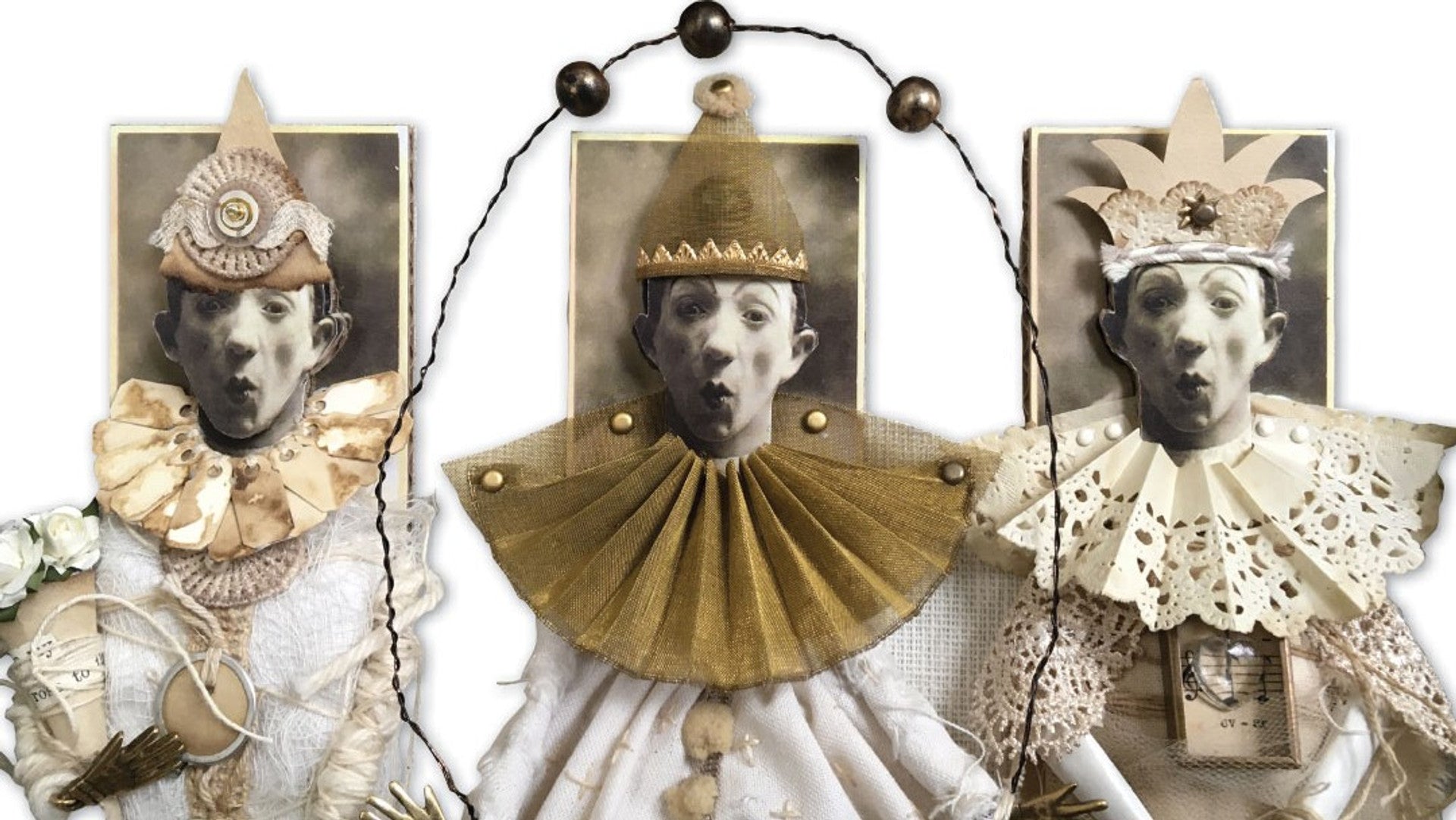
As artists push the boundaries of traditional mediums, new avenues of creativity open up. Mixed-media art has emerged as a testament to this boundless creativity. It's the fusion of diverse materials, techniques, and ideas, lea...


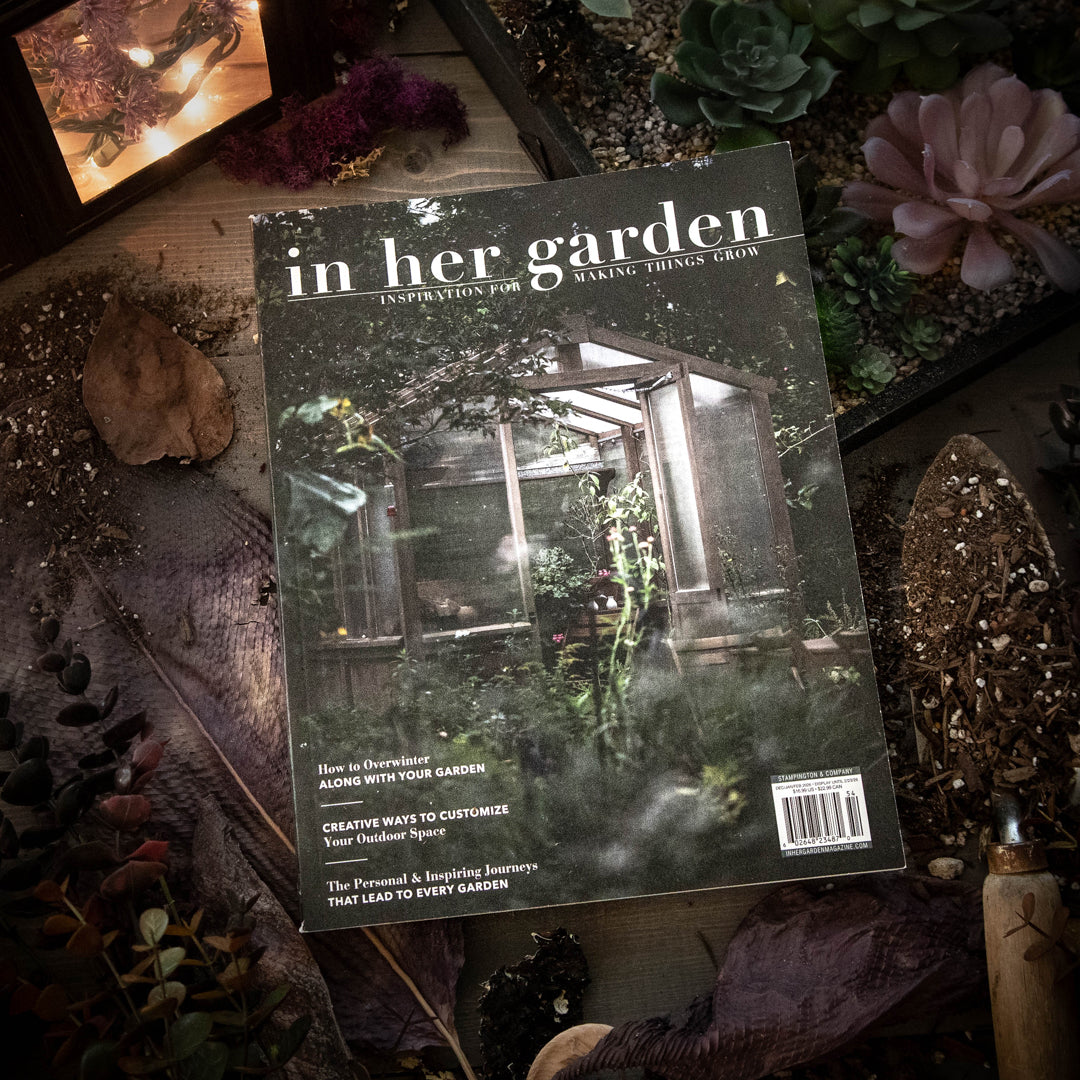
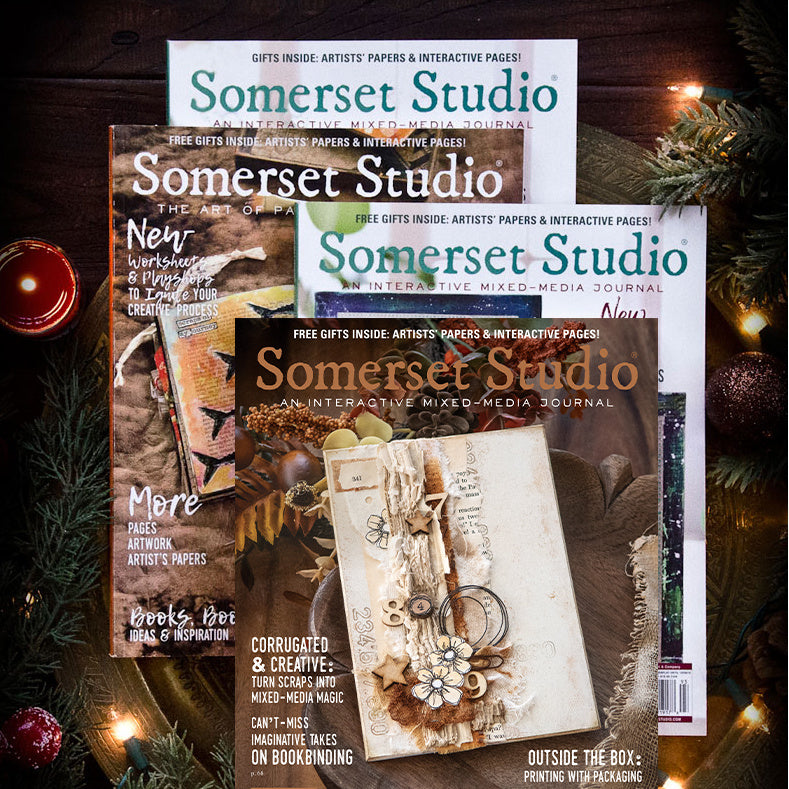
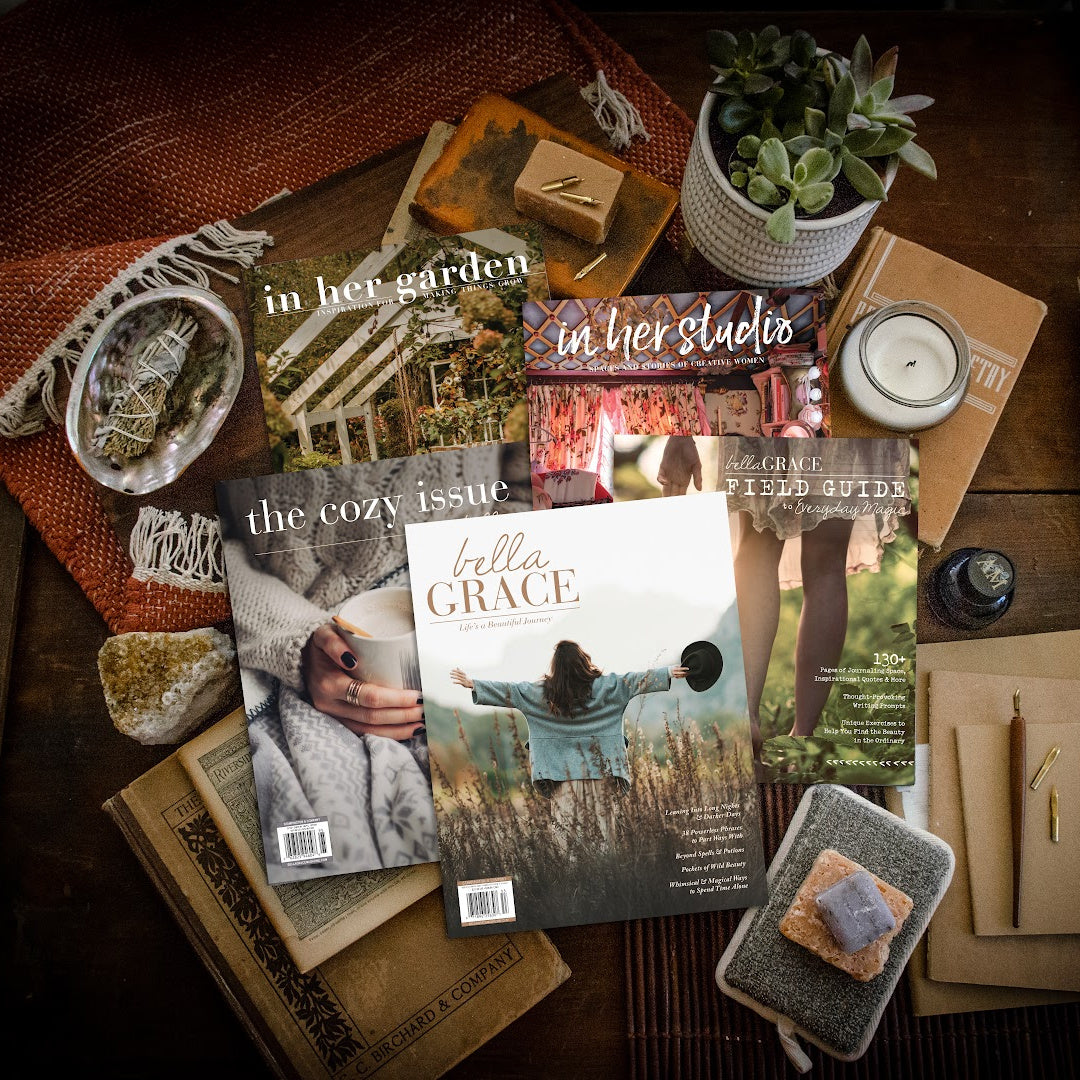
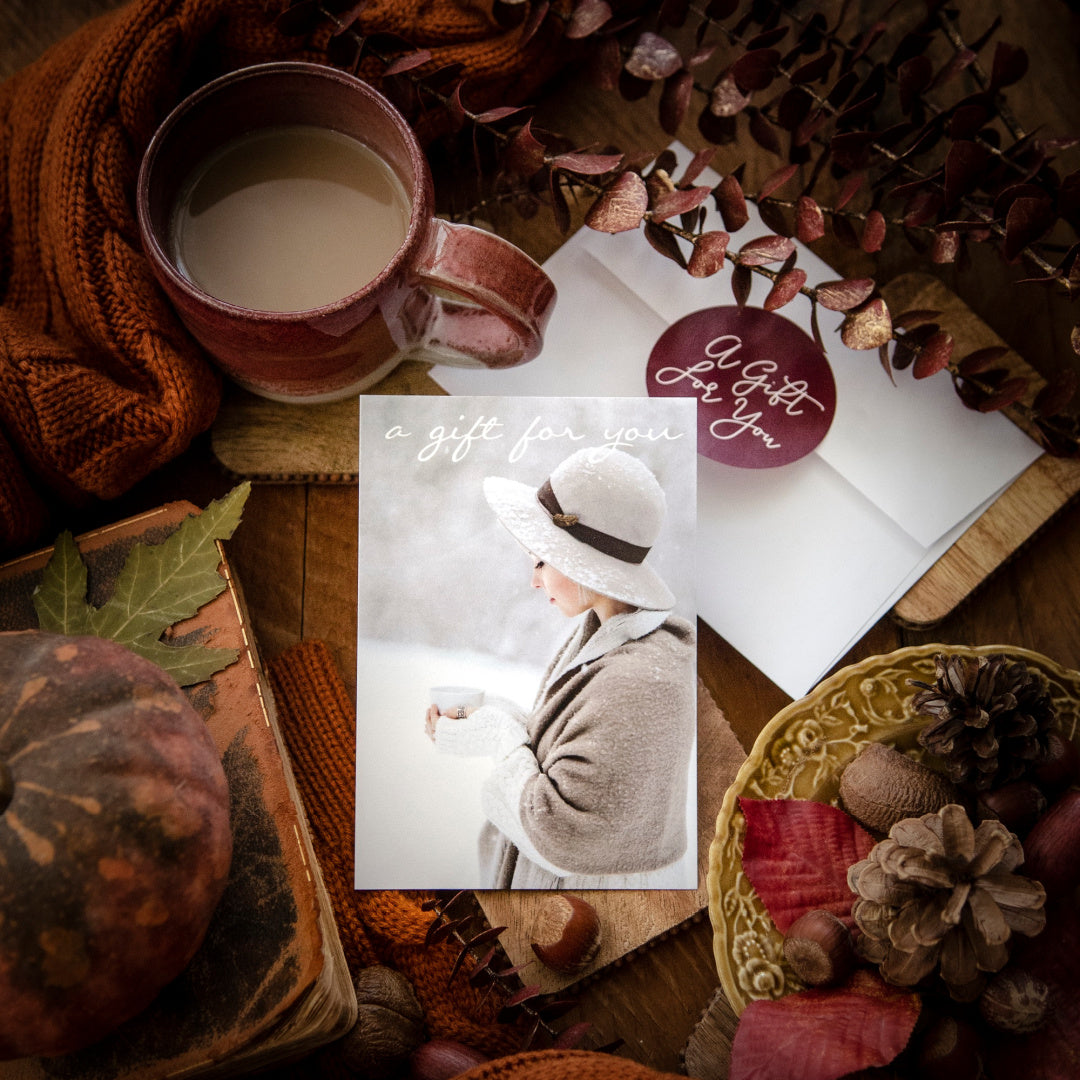
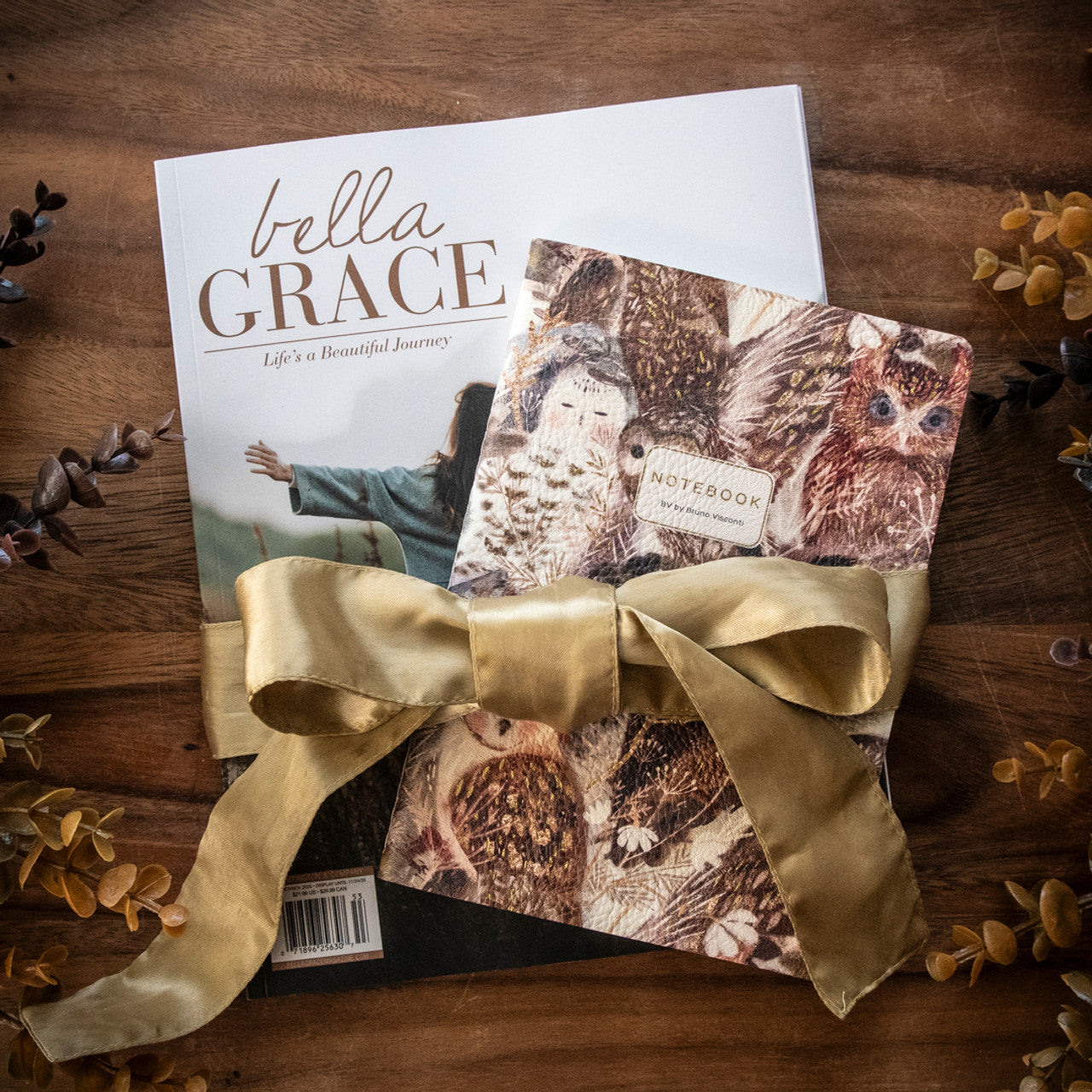
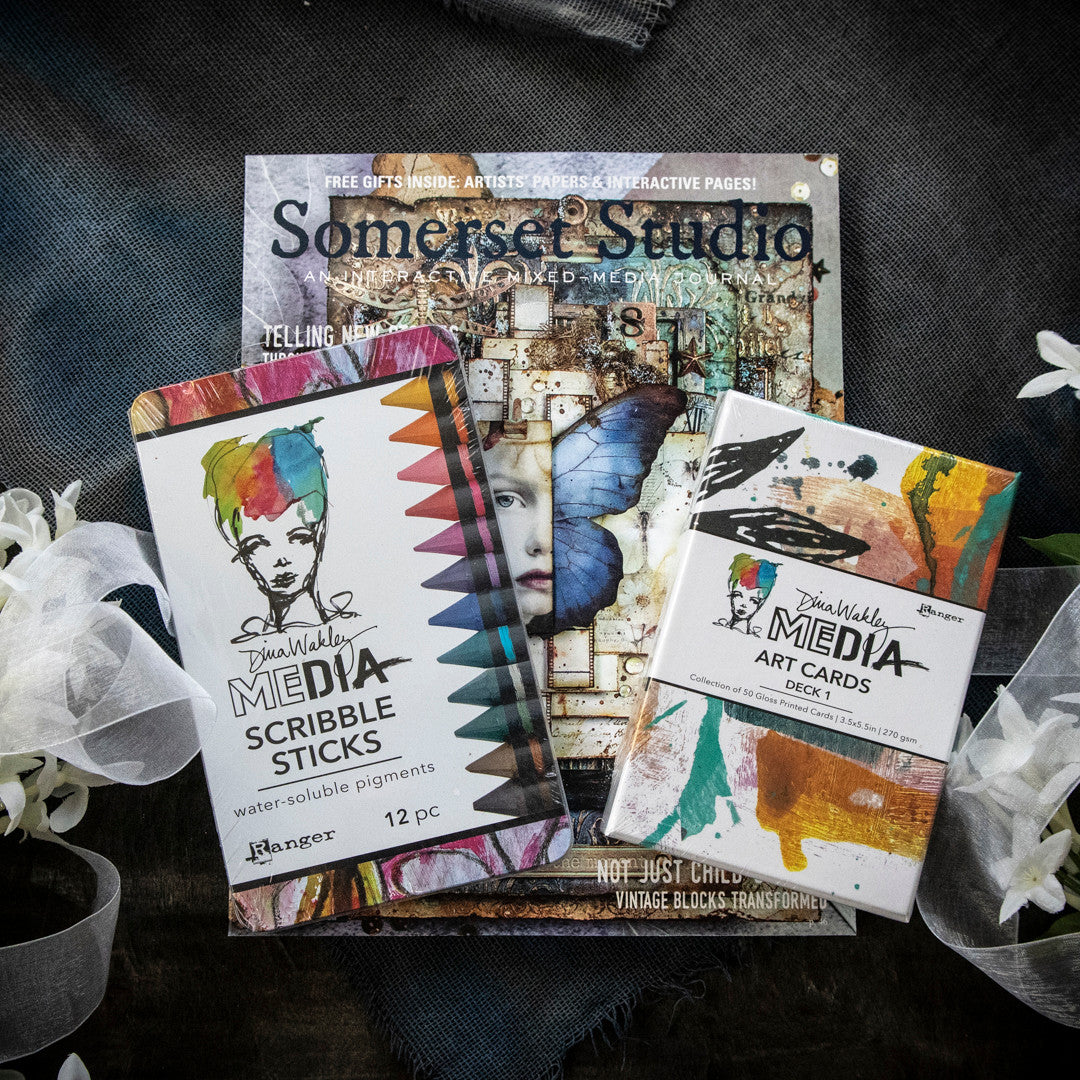
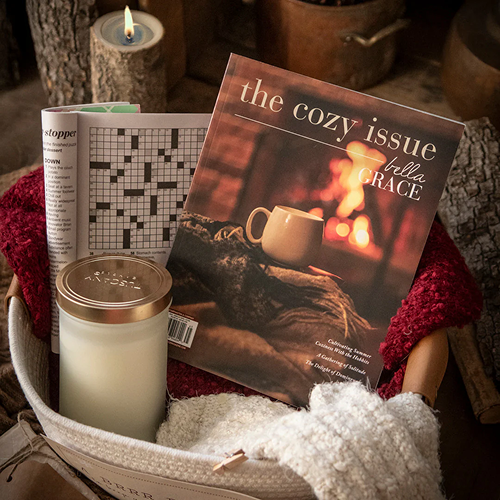
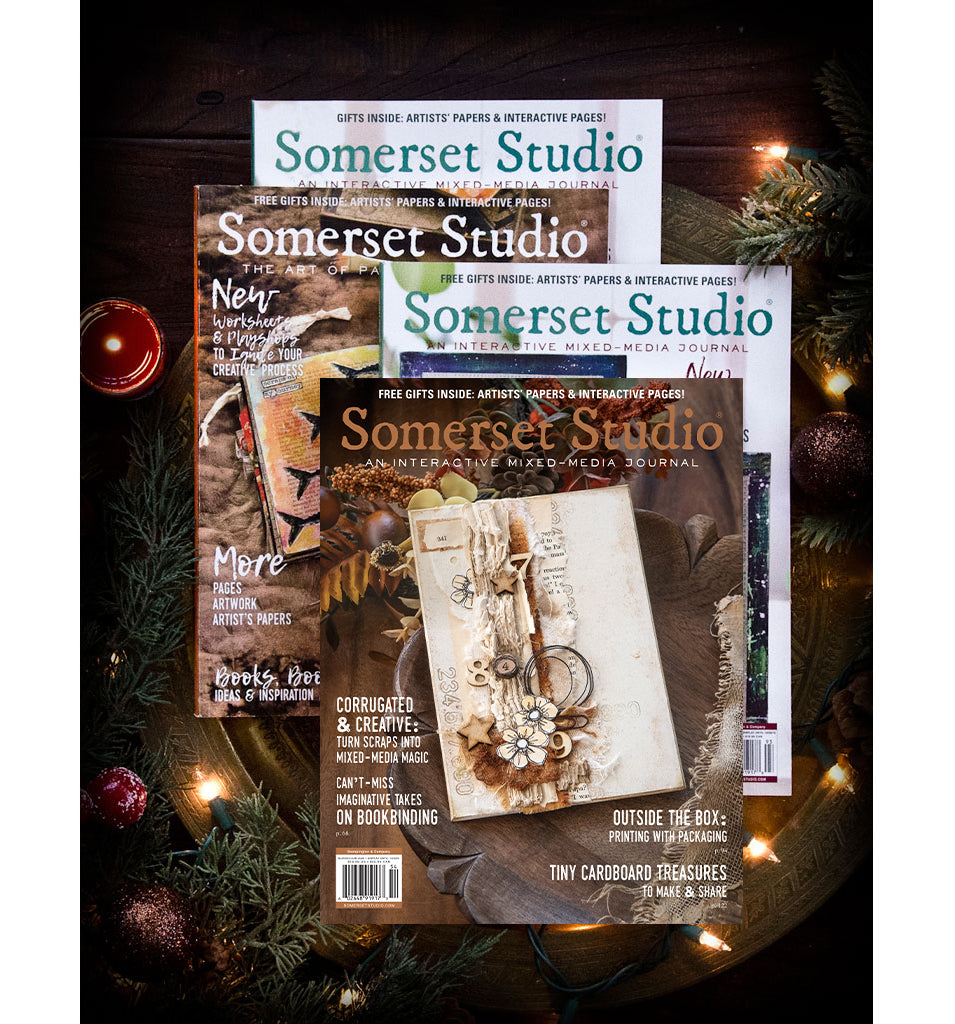
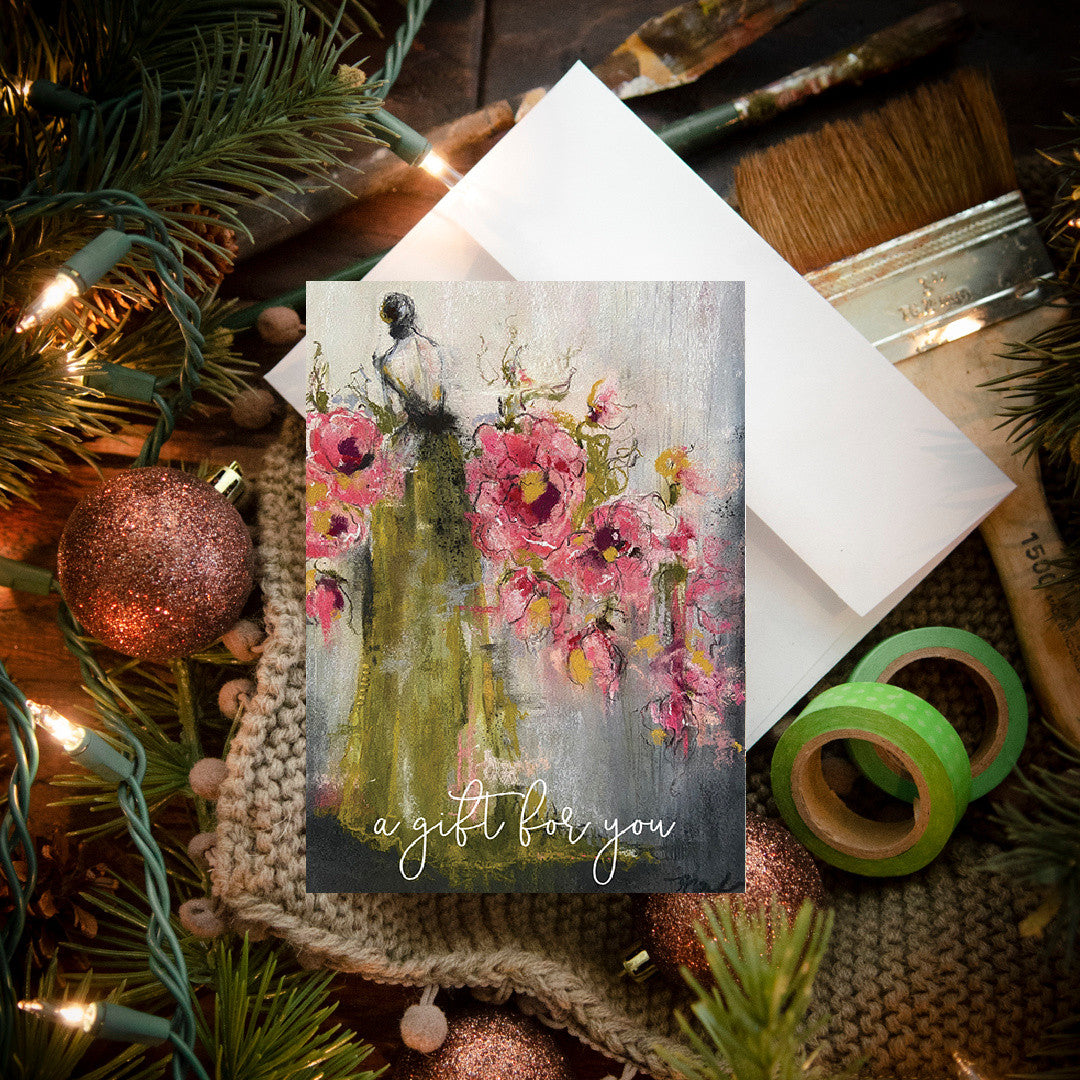
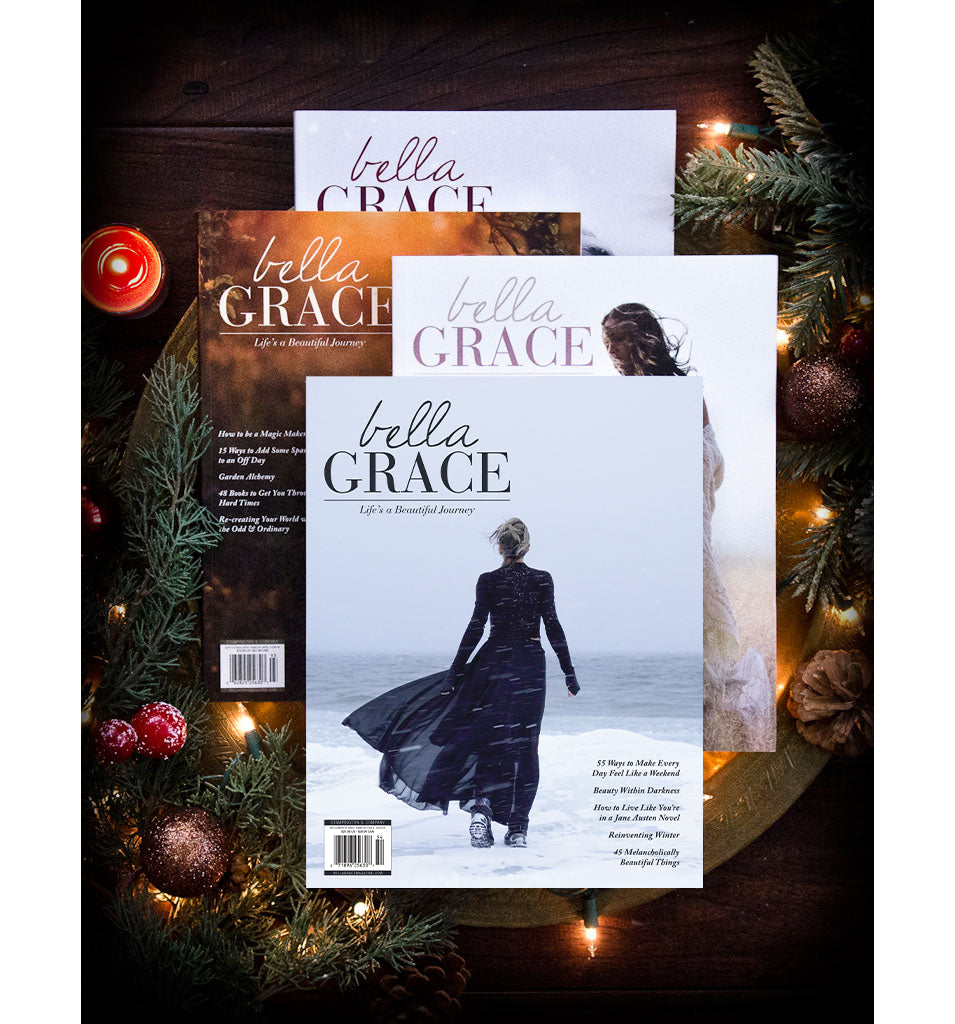
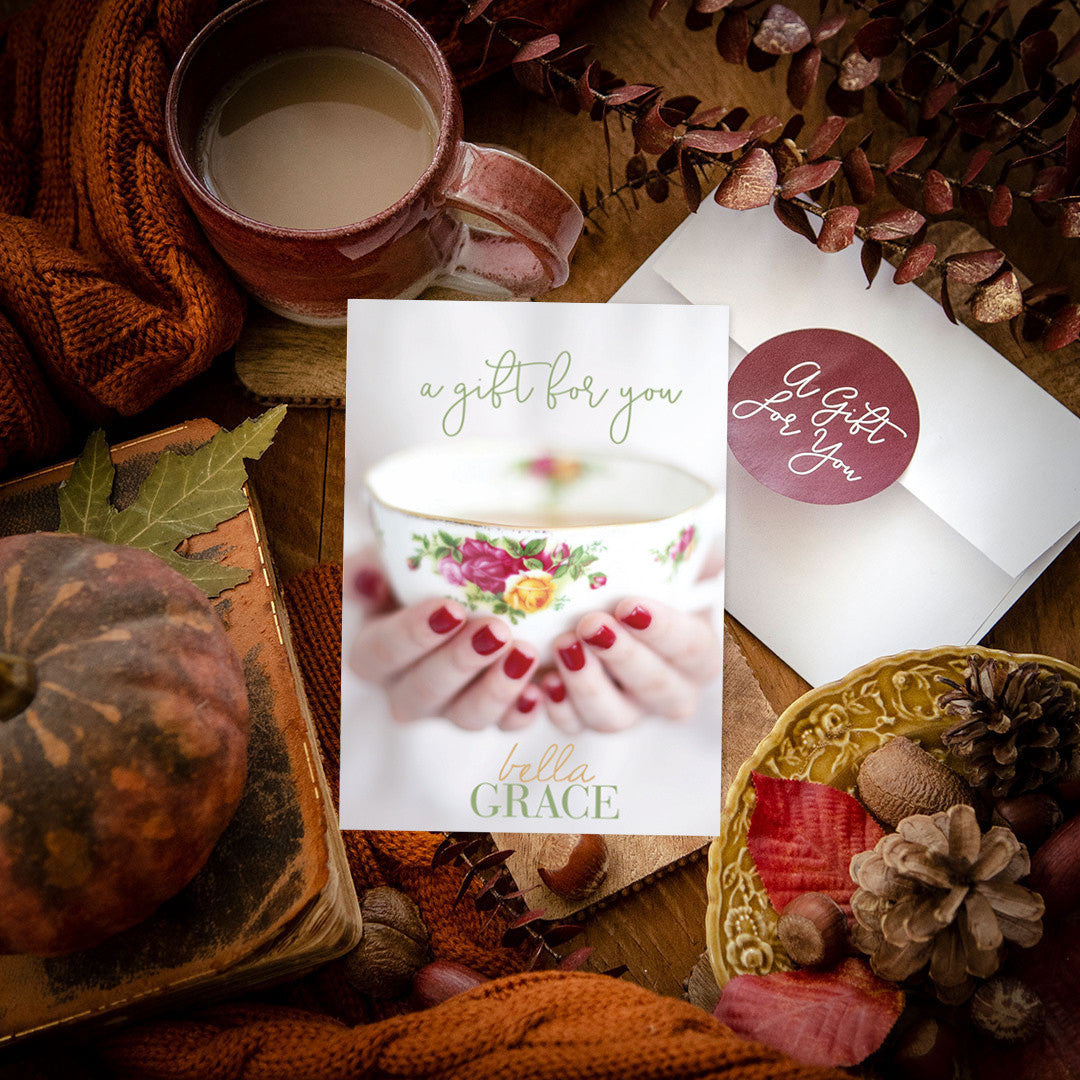
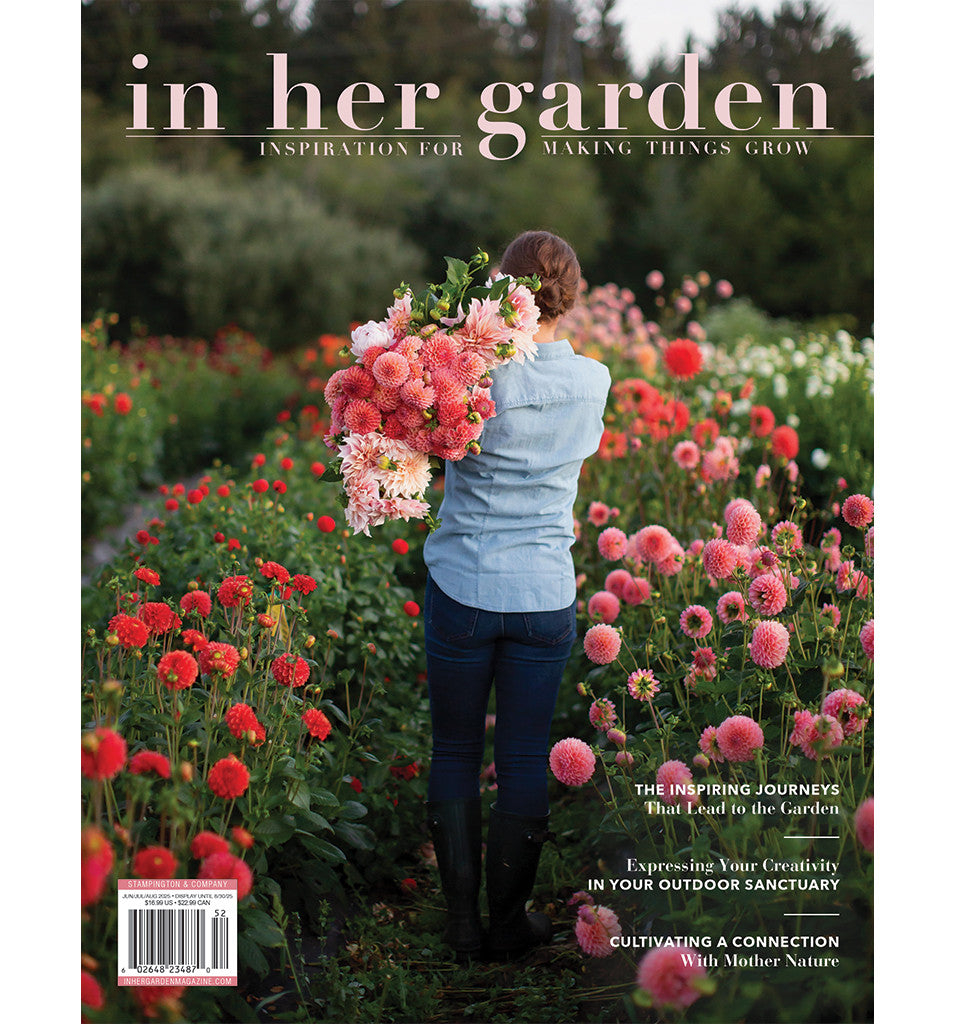

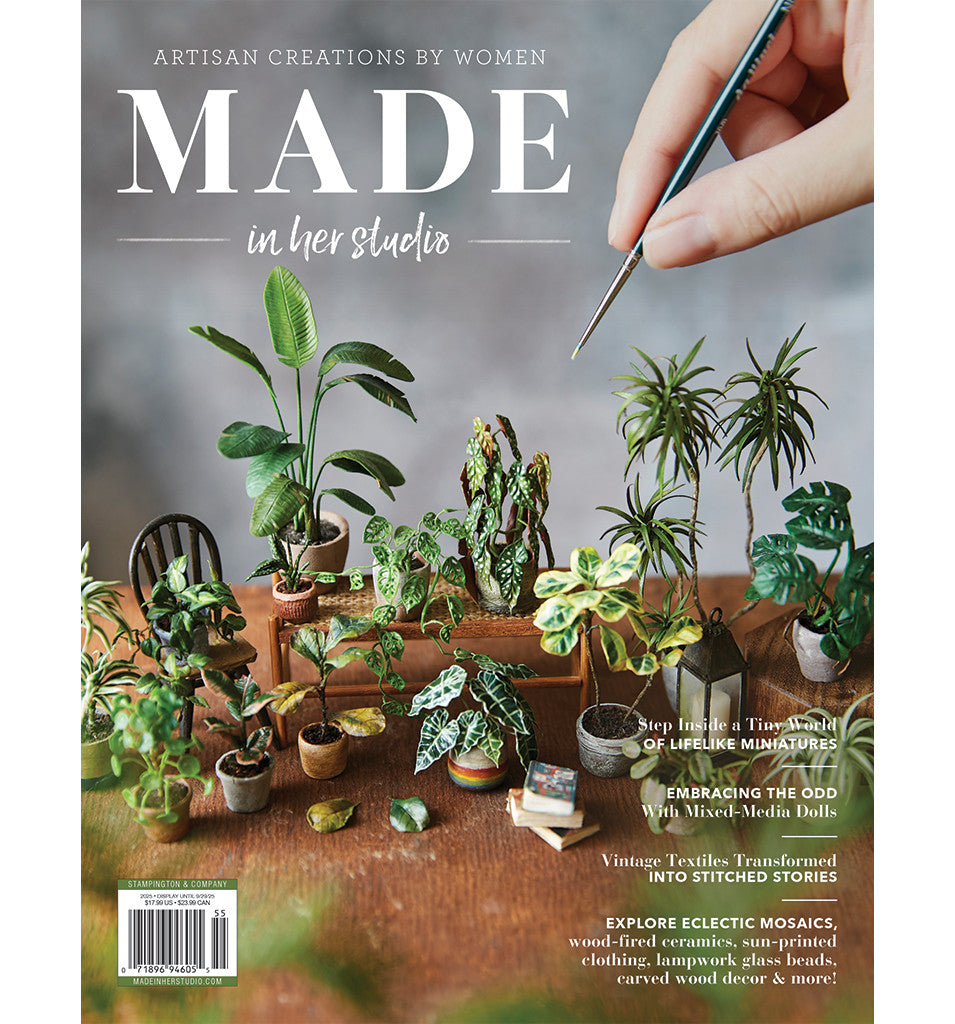
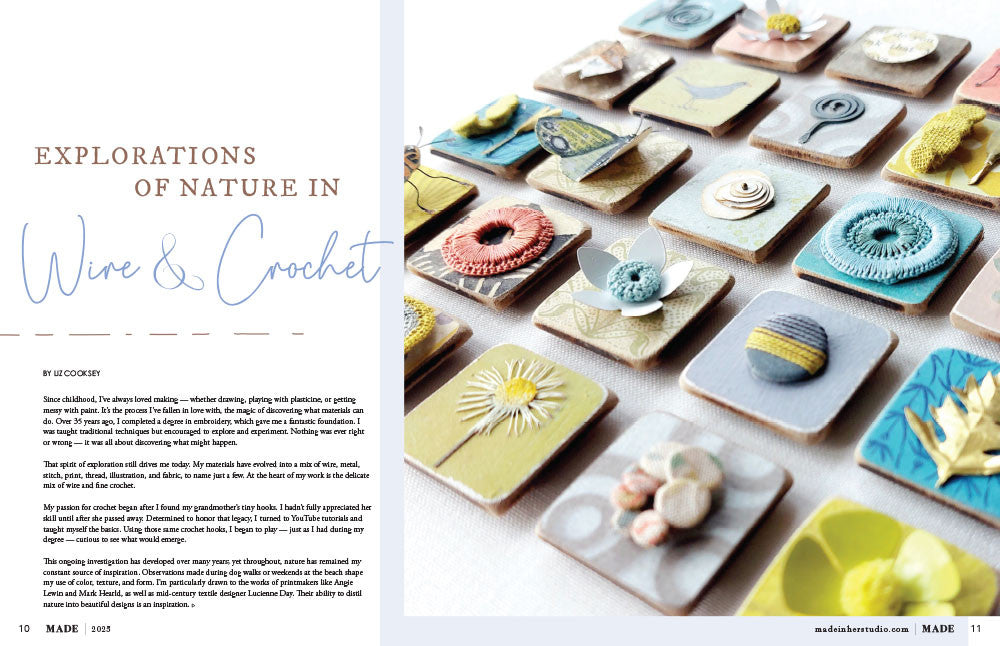









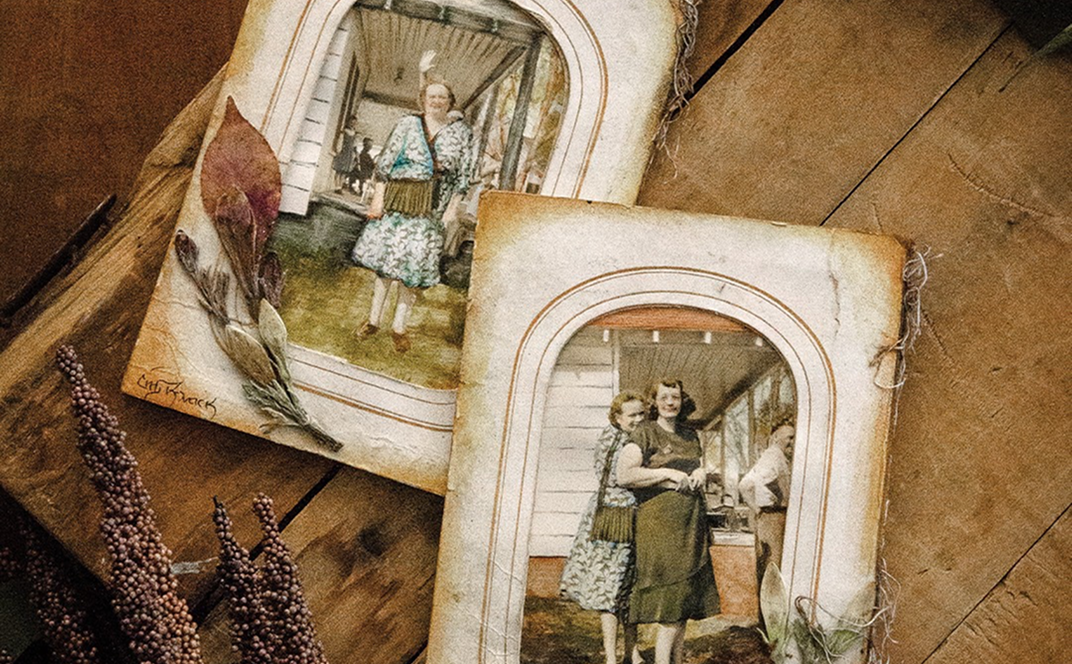
Leave a comment
All comments are moderated before being published.
This site is protected by hCaptcha and the hCaptcha Privacy Policy and Terms of Service apply.